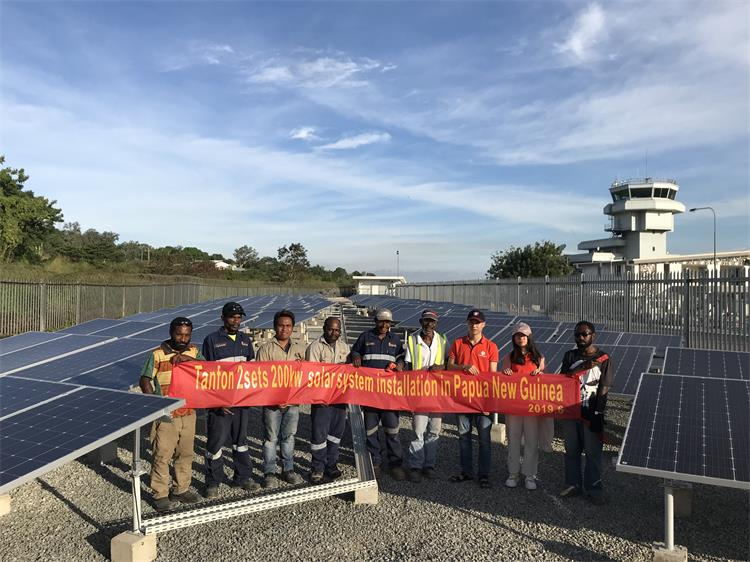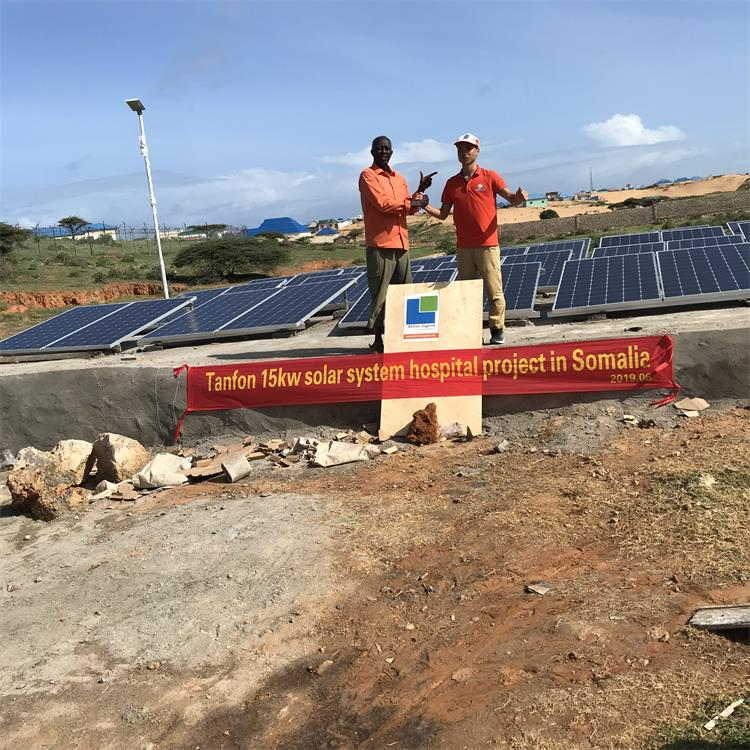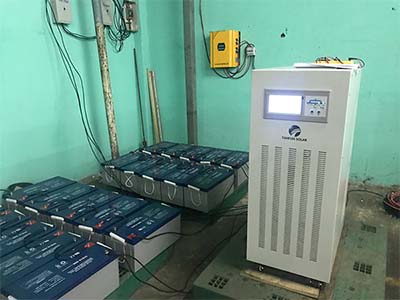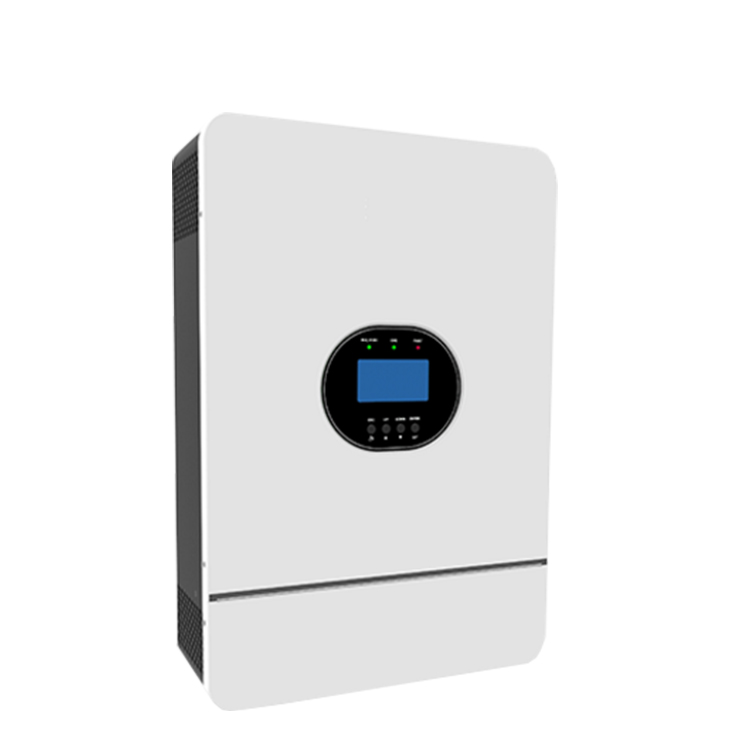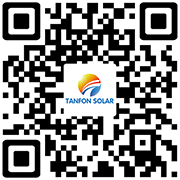 TANFON SOLAR
TANFON SOLAR
 August 15,2023
August 15,2023
Introduction
Solar panel factories stand at the forefront of the renewable energy revolution, driving the transition from traditional fossil fuels to clean energy sources. These factories play a pivotal role in manufacturing the photovoltaic panels that harness the sun's energy and convert it into electricity.
The Inner Workings of Solar Panels
Photovoltaic Cells: The Building Blocks
At the heart of every solar panel lies the photovoltaic cell, a device that converts sunlight directly into electricity through the photovoltaic effect
.
From Sand to Silicon Wafers
The journey begins with sand, which is refined into high-purity silicon used to create silicon wafers. These wafers serve as the substrate for the photovoltaic layers.
The Solar Panel Manufacturing Process
Cutting and Shaping Silicon Wafers
The silicon wafers are precision-cut into small cells, each a tiny solar power generator. These cells are then wired together to form a solar panel.
Imprinting Photovoltaic Layers
Multiple layers are applied to the silicon cells, each with specific properties that facilitate the conversion of sunlight into electricity.
Encapsulation for Durability
To withstand the elements, the photovoltaic layers are encapsulated within protective materials, ensuring the longevity of the solar panel.
Efficiency and Sustainability
Advances in Photovoltaic Technology
Ongoing research and innovation are driving improvements in solar panel efficiency, making them more capable of generating power even in low-light conditions.
Minimizing Environmental Impact
Solar panel factories are increasingly adopting sustainable practices to reduce their environmental footprint, from energy-efficient manufacturing processes to responsible waste management.
Solar Panels in Everyday Life
Residential Solar Power Systems
Homeowners are adopting solar panels to generate their electricity, reducing utility bills and contributing excess energy back to the grid.
Commercial and Industrial Applications
Industries are integrating solar panels into their operations, benefitting from cost savings and enhancing their sustainability profiles.
The Future of Solar Panel Factories
Innovations on the Horizon
Exciting advancements, such as flexible and transparent solar panels, are on the horizon, expanding the range of applications and integration possibilities.
Global Impact on Energy Markets
As solar panel production scales up and costs decrease, solar energy is becoming increasingly competitive, disrupting traditional energy markets.
Benefits of Solar Panel Factories
Clean and Renewable Energy Source
Solar panels provide a virtually unlimited and clean energy source, reducing greenhouse gas emissions and reliance on fossil fuels.
Job Creation and Economic Growth
The solar industry creates jobs at various skill levels, from manufacturing to installation and maintenance, contributing to economic growth.
Challenges and Solutions
Cost Considerations
While the cost of solar panels has decreased significantly, initial investments can still pose a challenge for some individuals and businesses.
Energy Storage Solutions
Innovations in energy storage technologies are addressing the intermittency of solar power, ensuring a consistent energy supply.
Government Incentives and Policies
Support for Renewable Energy
Many governments offer incentives and policies that encourage the adoption of solar panels, making them more accessible to a broader range of people.
Subsidies and Tax Credits
Financial incentives, such as tax credits and subsidies, can significantly reduce the upfront costs of installing solar panels.
Conclusion
Solar panel factories play a crucial role in advancing renewable energy adoption. Their innovative manufacturing processes, combined with increasing efficiency and sustainability, are driving the transition to a cleaner and more sustainable energy future. By harnessing the power of the sun, we are not only reducing our carbon footprint but also paving the way for a more resilient and energy-independent world.
FAQs About Solar Panel Factories
-
How do solar panels convert sunlight into electricity?
Solar panels use photovoltaic cells to absorb sunlight and generate direct current (DC) electricity, which is then converted into alternating current (AC) for use in homes and businesses. -
Are solar panels suitable for regions with less sunlight?
Yes, modern solar panels are designed to generate electricity even in low-light conditions, making them suitable for a wide range of environments.
-
What is the typical lifespan of a solar panel?
Solar panels can last 25 to 30 years or more with proper maintenance, and many manufacturers offer warranties to guarantee their performance over time.
-
Can I install solar panels on my own?
While it's possible for skilled individuals, it's recommended to hire professionals for installation to ensure proper placement, safety, and system efficiency.
-
How do solar panels contribute to energy independence?
Solar panels enable individuals and communities to generate their electricity, reducing reliance on centralized power grids and enhancing energy independence.

